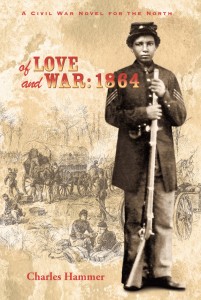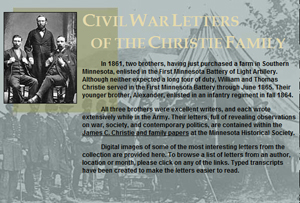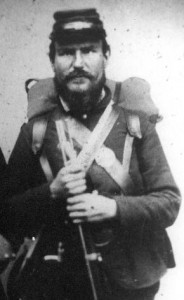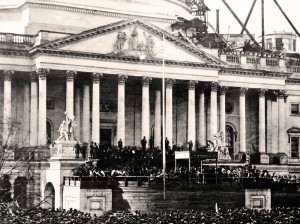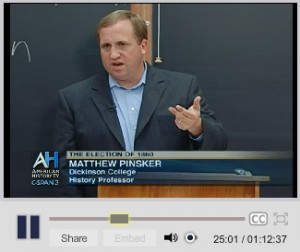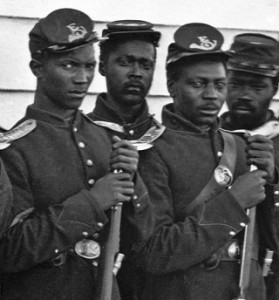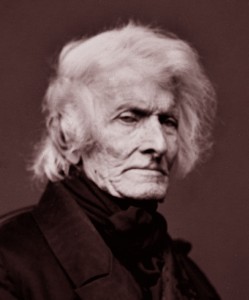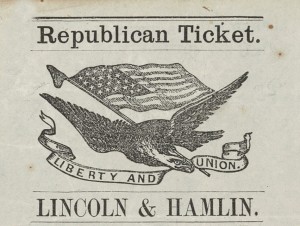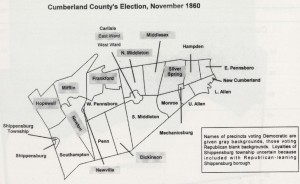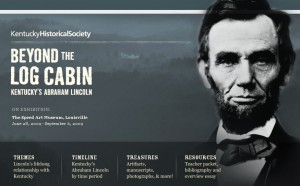Charles Hammer recently wrote a new novel entitled Of Love And War: 1864: A Civil War Novel For The North. As Hammer describes,
“The typical Civil War novel usually features a Confederate cavalier, often served by a loyal slave sidekick, who battles gallantly—for what? Actually, battling gallantly is all the South requires in such a book. Forget why we fought. “Of Love and War: 1864” strongly counters that view. It sends up the South of that era with, among accurate historical facts, a little-known verse the U. S. Colored Infantry sang in marching to war:
Away down South in the land of traitors,
Rattlesnakes and alligators,
Right away, come away, right away, Dixie land!
Where cotton’s king and men are chattels,
Union boys will win the battles….
In my story a peckerwood Georgia Militia deserter searches for the escaped slave girl he loves. He blunders into a firefight and gets captured by her. Now disguised as a man and enlisted as bluecoat sergeant in the U. S. Colored Infantry, she leads a wildcat black squad on one flank of Sherman’s march from Atlanta to the sea. They aim to emancipate slaves at plantations the army itself will not reach.”
You can learn more about this book on Amazon.com.
